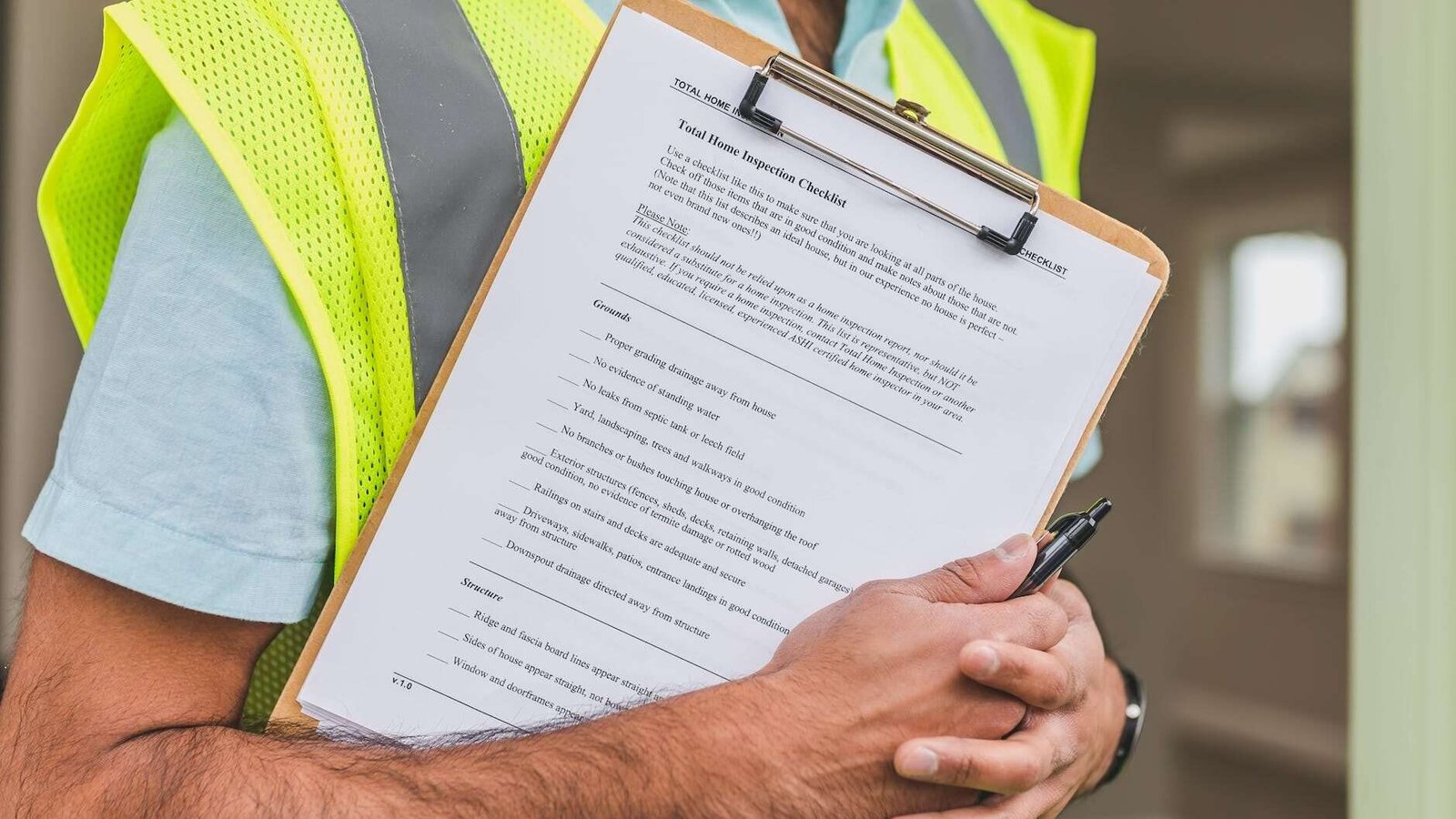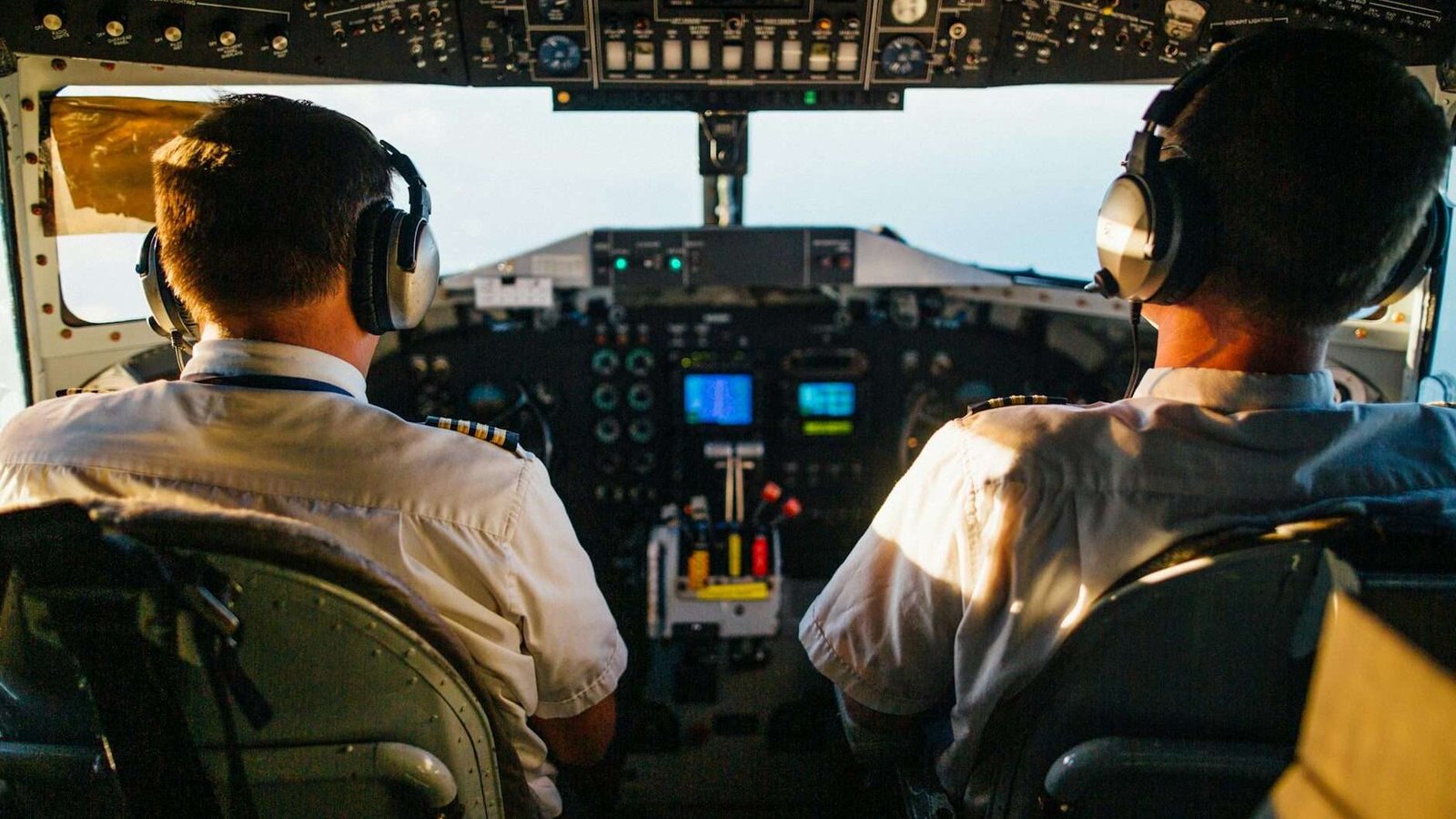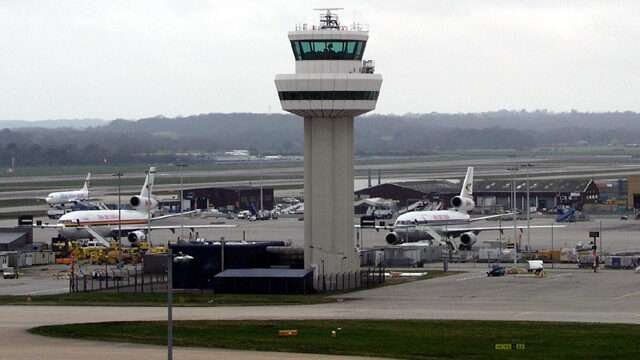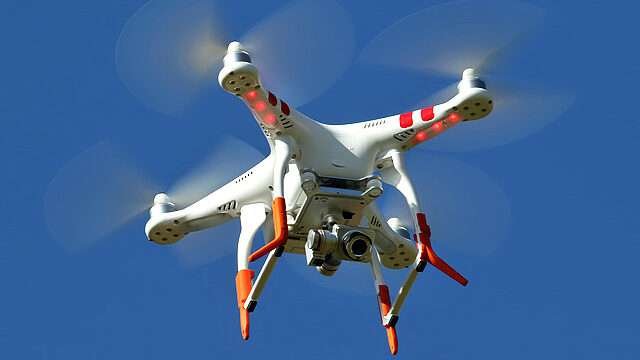Introduction to Skyward HSE
Understanding the Importance of Safety in Aviation
The aviation industry is one of the most important pillars of the global economy. It plays a crucial role in transporting people and goods across the world, and it is essential that safety remains at the forefront of everything we do. The aviation industry has come a long way in terms of safety management, and the use of advanced technology, such as AI and machine learning, has helped to make air travel safer than ever before.
However, the risks associated with aviation accidents can never be underestimated. The consequences of a single accident can be catastrophic, affecting not only the passengers and crew on board but also the families and loved ones of those involved. This is why a comprehensive approach to safety management is essential, involving all stakeholders in the aviation industry, including airlines, airports, regulatory bodies, and governments.
Recent advancements in safety management systems have made it possible to identify and mitigate potential risks before they can cause harm. This includes the use of advanced data analytics, predictive modelling, and risk assessments. By taking a proactive approach to safety, the aviation industry can continue to build on its strong safety record and ensure that air travel remains one of the safest modes of transportation.
Introducing Skyward HSE as a Revolutionary Approach
Enter Skyward HSE, a revolutionary approach to aviation safety that aims to enhance safety measures and reduce risk in the sky. Skyward HSE stands for “Highly Secure Environments” and is based on the belief that proactive risk assessment, effective safety management systems, and seamless communication and collaboration are key to creating safer skies.
The Core Principles of Skyward HSE

Skyward HSE is built upon three core principles that form the foundation of its effectiveness: proactive risk assessment, effective safety management systems, and seamless communication and collaboration.
Proactive Risk Assessment
Identifying Potential Hazards in Airspace
One of the key aspects of Skyward HSE is the proactive identification of potential hazards in the airspace. This involves a thorough analysis of historical data, as well as conducting safety audits to identify any risks or vulnerabilities. By identifying these hazards beforehand, aviation stakeholders can take necessary preventive measures to minimize the chances of accidents or incidents occurring.
Conducting Thorough Safety Audits
Safety audits play a crucial role in ensuring that aviation operations adhere to the highest safety standards. Skyward HSE emphasizes the importance of conducting thorough safety audits on a regular basis to identify any safety gaps or deficiencies. These audits help in assessing the effectiveness of safety management systems and identifying areas for improvement.
Analyzing Historical Data to Predict Risks
Another important aspect of proactive risk assessment in the Skyward HSE approach is the analysis of historical data. By analyzing past incidents or accidents, aviation stakeholders can identify patterns and trends that can help predict potential risks in the future. This allows for the implementation of preventive measures to mitigate these risks and enhance overall safety.
Effective Safety Management Systems
Establishing a Safety Culture
A strong safety culture is vital for the success of any aviation operation. Skyward HSE emphasizes the establishment of a safety culture that prioritizes safety above all else. This involves fostering an environment where all employees, from pilots to ground crew, are actively engaged in safety practices and adhere to safety protocols.
Defining Roles and Responsibilities
Clear definition of roles and responsibilities is another critical element of effective safety management systems. Skyward HSE encourages aviation stakeholders to clearly define the roles and responsibilities of each individual involved in the operation, ensuring that everyone understands their specific safety-related tasks and obligations.
Implementing Continuous Training Programs
Continuous training and professional development are essential for maintaining the highest safety standards. Skyward HSE advocates for the implementation of comprehensive and continuous training programs to keep aviation professionals updated on the latest safety practices and regulations. This helps further enhance safety knowledge and ensures that all personnel are equipped to handle any safety-related challenges that may arise.
Seamless Communication and Collaboration

Enhancing Coordination between Pilots and Ground Control
Smooth and efficient communication between pilots and ground control is crucial in ensuring safe air travel. Skyward HSE stresses the importance of enhancing coordination and communication channels between these two entities to minimize miscommunication or errors that could compromise safety.
Utilizing Technological Solutions for Real-time Updates
In today’s digital age, technology plays a significant role in aviation safety. Skyward HSE encourages the use of technological solutions, such as real-time updates and alerts, to provide pilots and ground control with crucial information regarding weather conditions, air traffic congestion, or any other potential risks. By leveraging technology, aviation stakeholders can make more informed decisions and take appropriate actions to ensure safety.
Fostering Collaboration through Data Sharing
Effective collaboration is key to maintaining safety in aviation. Skyward HSE promotes the sharing of relevant data and information between different stakeholders, such as airlines, air traffic control, and regulatory bodies. This collaboration allows for a comprehensive understanding of the overall safety landscape and the implementation of cohesive safety strategies.
Implementing Skyward HSE in Aviation Operations
Integrating Skyward HSE in Airlines
Raising Safety Standards in Airline Operations
Airlines play a crucial role in ensuring the safety of passengers and crew. With Skyward HSE, airlines can raise safety standards through the implementation of proactive risk assessment, effective safety management systems, and seamless communication and collaboration. This involves the integration of Skyward HSE principles and practices into their standard operating procedures#### Incorporating Skyward HSE in Standard Operating Procedures
To effectively implement Skyward HSE, airlines need to incorporate its principles into their standard operating procedures. This includes integrating risk assessment protocols, defining clear roles and responsibilities for crew members, establishing robust safety management systems. By embedding Skyward HSE in their operations, airlines can actively contribute to safer skies for all.
Ensuring Compliance with Regulatory Guidelines
Compliance with regulatory guidelines is paramount in the aviation industry. Skyward HSE supports the adherence to these regulations and emphasizes the importance of ensuring that all safety practices and procedures align with the prescribed guidelines. By upholding regulatory compliance, airlines can demonstrate their commitment to safety and instill confidence in passengers.
Skyward HSE and Air Traffic Control

Augmenting Safety Protocols in Air Traffic Management
Air traffic control plays a crucial role in maintaining the safety of the skies. Skyward HSE aims to augment existing safety protocols in air traffic management by promoting proactive risk assessment, effective collaboration with pilots, and the utilization of technological solutions for real-time updates. This ensures a comprehensive approach to air traffic safety.
Integrating Skyward HSE in Air Traffic Controllers’ Training
To effectively implement Skyward HSE, air traffic controllers need to be trained on its principles and practices. This includes understanding proactive risk assessment methodologies, enhancing communication skills with pilots, and utilizing technological tools for efficient information exchange. By integrating Skyward HSE into their training, air traffic controllers can contribute to safer and more proactive airspace management.
Streamlining Information Exchange between Air Traffic Control and Pilots
Seamless information exchange between air traffic control and pilots is essential for safe air travel. Skyward HSE advocates for the streamlining of this information exchange process, leveraging technological solutions to provide pilots and air traffic controllers with real-time updates and alerts. By ensuring smooth and efficient communication, potential risks can be addressed promptly, enhancing overall safety.
Enhancing Safety in Drone Operations
The Role of Skyward HSE in Drone Safety
The rapid growth of drone operations has created new challenges for aviation safety. Skyward HSE recognizes the unique risks associated with drone operations and provides a framework for enhancing safety in this domain. By applying proactive risk assessment methodologies, implementing safety measures for drone operators, and addressing the challenges of managing drone traffic, Skyward HSE contributes to safer skies for both drones and traditional aircraft.
Implementing Safety Measures for UAV Operators
Skyward HSE emphasizes the importance of implementing safety measures for UAV (Unmanned Aerial Vehicle) operators. This includes mandatory training and certification programs, adherence to airspace regulations, and the utilization of technological solutions for airspace awareness. By ensuring compliance with safety standards, UAV operators can operate in a responsible and safe manner.
Addressing the Challenges of Managing Drone Traffic
The increasing volume of drone traffic presents unique challenges in terms of airspace management. Skyward HSE encourages the development of innovative solutions to address these challenges, such as air traffic management systems specifically designed for drones, geofencing technologies to prevent unauthorized access to restricted areas, and the integration of drones into existing air traffic control frameworks. With these measures in place, the safety of both drones and traditional aircraft can be enhanced.
Case Studies on Skyward HSE Implementation

Success Stories of Airlines Adopting Skyward HSE
How Airline X Improved Safety Records with Skyward HSE
Airline X, a leading international carrier, implemented Skyward HSE into its operations and saw remarkable improvements in their safety records. By incorporating proactive risk assessment, effective safety management systems, and seamless communication and collaboration, Airline X was able to minimize incidents and accidents and enhance overall safety. Passenger confidence also increased, resulting in positive perceptions of the airline’s commitment to safety.
The Impact of Skyward HSE on Passengers’ Perception of Safety
Skyward HSE not only enhances safety standards but also has a positive impact on passengers’ perception of safety. Case studies have shown that airlines that have implemented Skyward HSE have experienced an increase in passenger trust and confidence. Passengers feel reassured knowing that the airline has adopted a comprehensive approach to safety management, resulting in a more enjoyable and peace-of-mind travel experience.
Cost-Benefit Analysis of Skyward HSE Implementation
Implementing Skyward HSE comes with associated costs, but case studies have demonstrated the significant benefits outweigh the investment. By reducing accidents and incidents, airlines can save money on insurance premiums, avoid costly litigation, and prevent reputation damage. The cost-benefit analysis of Skyward HSE implementation proves that investing in safety is not only a moral obligation but also a sound business decision.
Improving Air Traffic Management through Skyward HSE
Case Study: Airport Y Enhancing Safety with Skyward HSE
Airport Y, a major international airport, implemented Skyward HSE principles in its air traffic management protocols. By applying proactive risk assessment techniques, enhancing communication and collaboration with pilots, and utilizing technological solutions for real-time updates, Airport Y significantly enhanced safety in its operations. This case study showcases the positive impact Skyward HSE can have on air traffic management.
Collaborative Decision-Making Using Skyward HSE
Skyward HSE promotes collaborative decision-making between different stakeholders in the aviation industry. By incorporating input from airlines, air traffic control, and regulatory bodies, decisions related to safety can be made collectively, considering all relevant perspectives and expertise. This collaborative approach fosters a culture of safety and ensures the best possible outcomes in terms of aviation safety.
Lessons Learned from Skyward HSE Integration in Air Traffic Control
Air traffic control authorities that have integrated Skyward HSE into their operations have learned valuable lessons. They have realized the importance of proactive risk assessment, the significance of continuous training for air traffic controllers, and the benefits of technological solutions in enhancing safety. These lessons learned contribute to the continuous improvement of air traffic control practices and the overall safety of the skies.
Advancements in Drone Safety with Skyward HSE

The Role of Skyward HSE in Preventing Drone Collisions
One of the major concerns in drone operations is the risk of collisions with other aircraft or objects. Skyward HSE addresses this concern by promoting safety measures that prevent drone collisions. This includes mandatory training for drone operators, utilization of geofencing technologies to define restricted airspace, and the integration of drones into existing air traffic management systems. By prioritizing safety, Skyward HSE contributes to a safer environment for both drones and traditional aircraft.
Enhancing Safety Measures for Commercial Drone Applications
Commercial drone applications have seen a rapid increase in recent years, necessitating the establishment of robust safety measures. Skyward HSE plays a crucial role in enhancing safety for commercial drone applications. By ensuring adherence to regulations, promoting responsible drone operation, and encouraging comprehensive risk assessments, Skyward HSE contributes to the safe integration of drones into various industries.
Skyward HSE and Regulation Updates in the Drone Industry
The drone industry is constantly evolving, and regulations are continuously updated to address the unique challenges it presents. Skyward HSE keeps pace with these updates and ensures that its principles and practices align with the latest regulations. By incorporating regulatory requirements into its approach, Skyward HSE helps drone operators stay compliant and supports the overall development of the drone industry.
Summary
In summary, Skyward HSE is a comprehensive approach to enhancing safety in the aviation industry. By focusing on proactive risk assessment, effective safety management systems, and seamless communication and collaboration, Skyward HSE aims to raise safety standards and foster a culture of proactive risk management. Through case studies, we have observed the positive impact of Skyward HSE on airlines, air traffic control, and drone operations, highlighting its effectiveness in creating safer skies for all.
Frequently Asked Questions (FAQs)
What is Skyward HSE, and how does it differ from traditional safety approaches?
Skyward HSE is a revolutionary approach to safety in aviation. Unlike traditional safety approaches, Skyward HSE emphasizes proactive risk assessment, effective safety management systems, and seamless communication and collaboration. It goes beyond reactive measures and promotes a culture of proactive risk management to enhance safety in the skies.
How can airlines implement Skyward HSE effectively?
To implement Skyward HSE effectively, airlines should integrate its principles into their standard operating procedures, conduct thorough safety audits, establish a safety culture, define clear roles and responsibilities, and implement continuous training programs. Compliance with regulatory guidelines is also essential in effective Skyward HSE implementation.
What role does Skyward HSE play in drone operations and safety?
Skyward HSE plays a crucial role in drone operations and safety by promoting proactive risk assessment, implementing safety measures for UAV operators, and addressing the challenges of managing drone traffic. It ensures the safe integration of drones into the skies and contributes to the continuous improvement of drone safety.
Is Skyward HSE mandatory for aviation operations?
While Skyward HSE is not mandatory for aviation operations, its principles and practices align with regulatory guidelines and industry best practices. Implementing Skyward HSE is a proactive approach to safety management and can significantly enhance the safety of aviation operations.
What are the future prospects and developments of Skyward HSE?
The future of Skyward HSE is promising, with advancements in technology and regulatory frameworks continuously shaping the aviation industry. Skyward HSE will continue to evolve and adapt to these changes, ensuring that its principles and practices remain relevant and effective in enhancing safety in the sky.
By following this comprehensive guide to Skyward HSE, aviation stakeholders can raise safety standards and foster a culture of proactive risk management, ultimately leading to safer skies for all.













